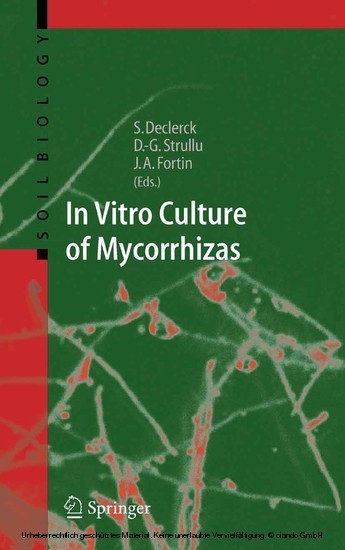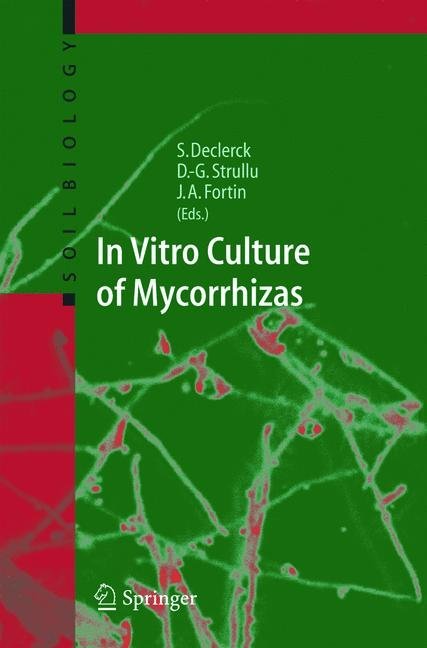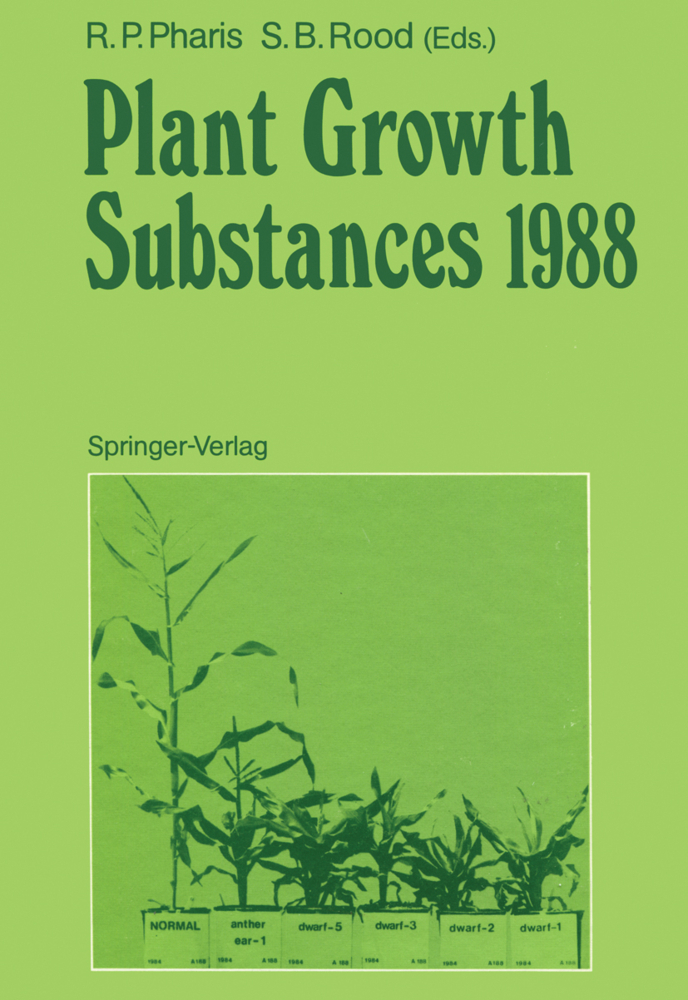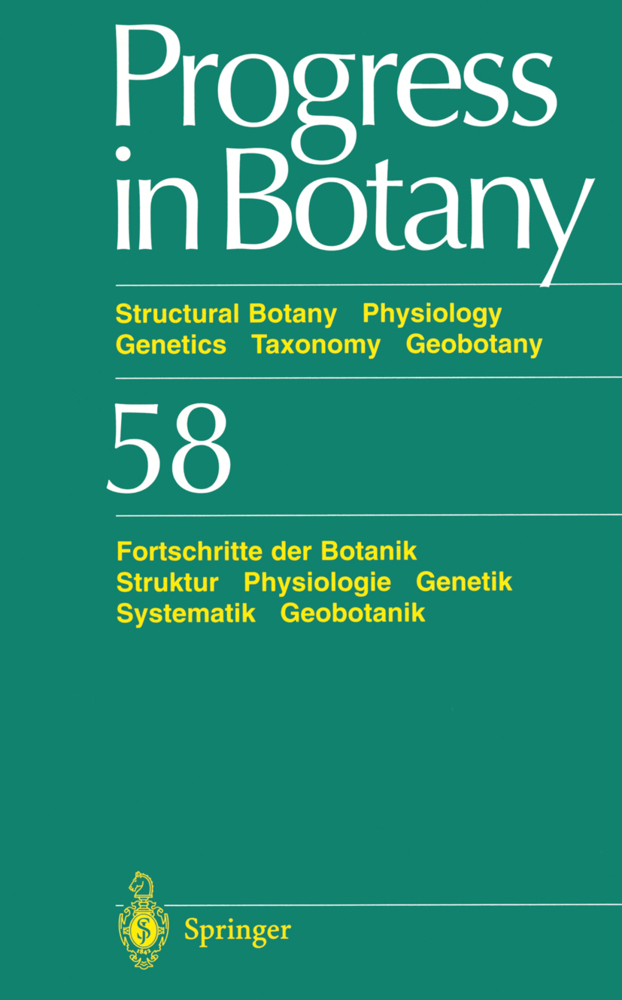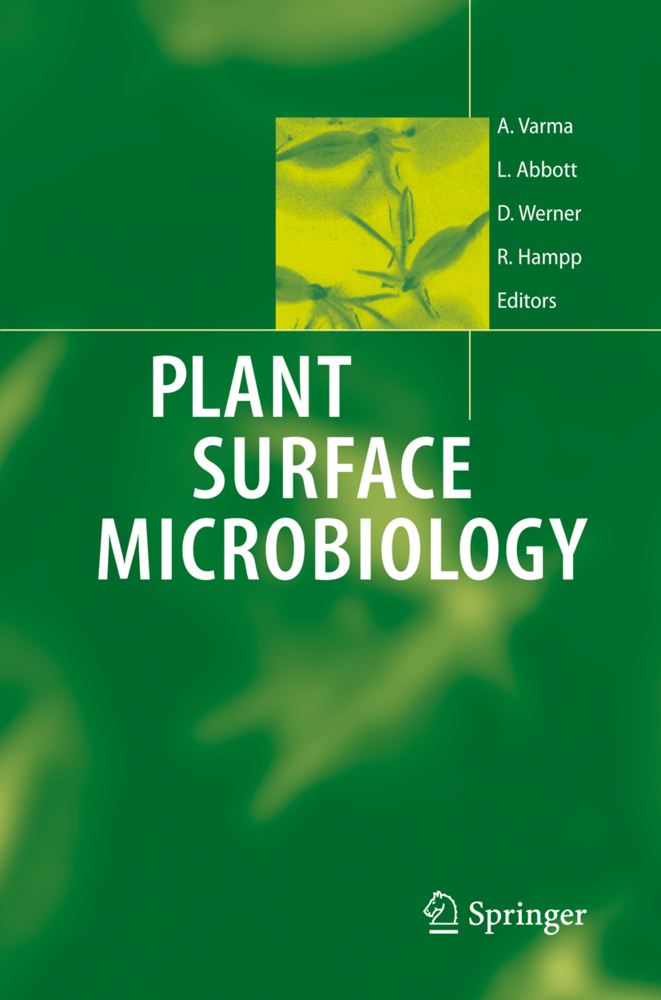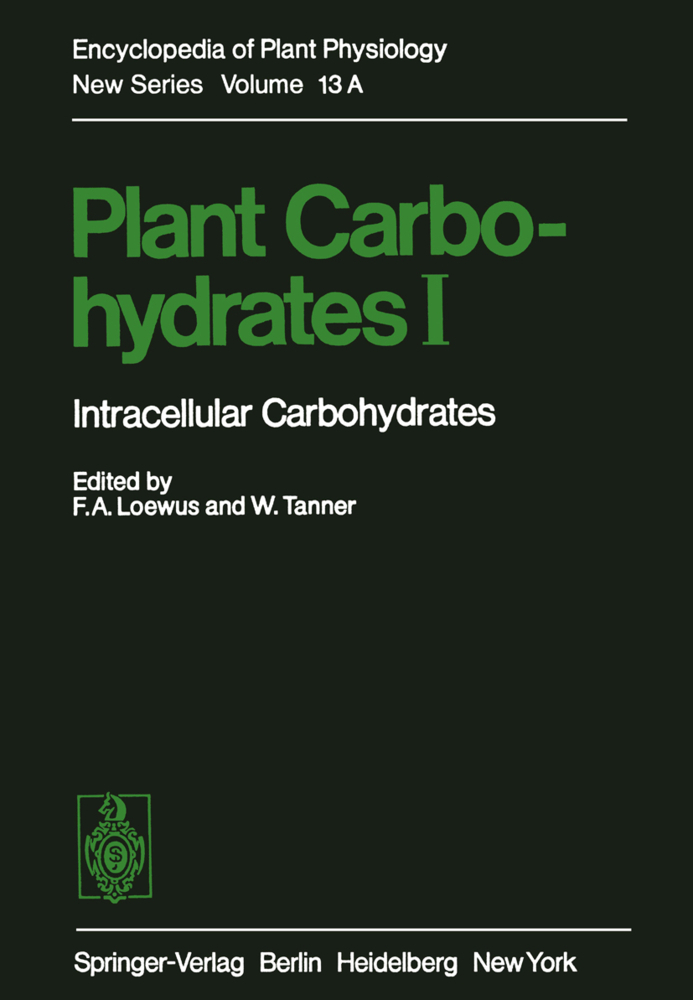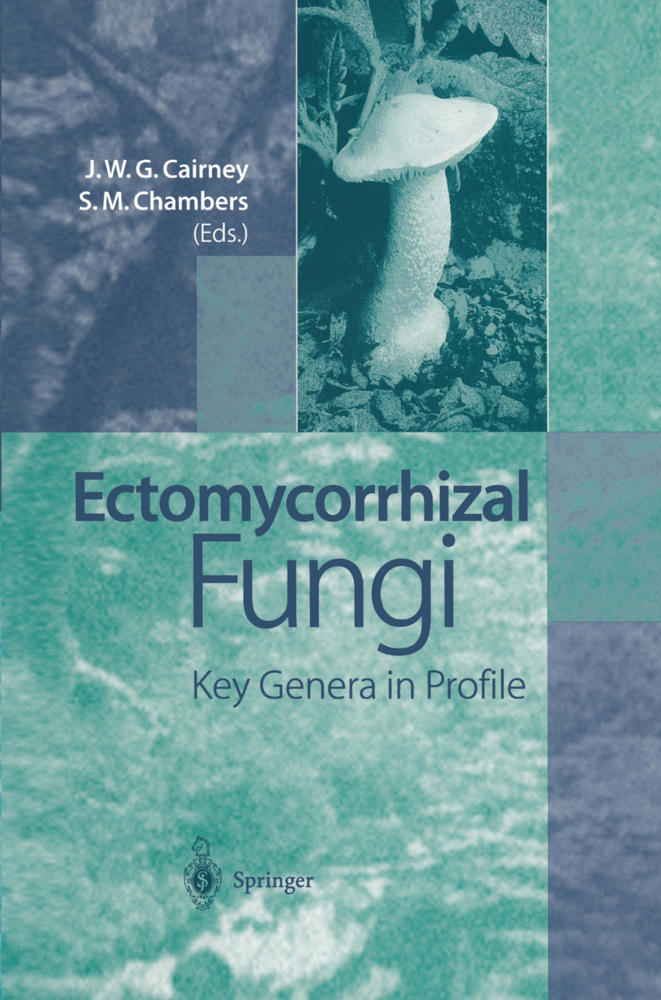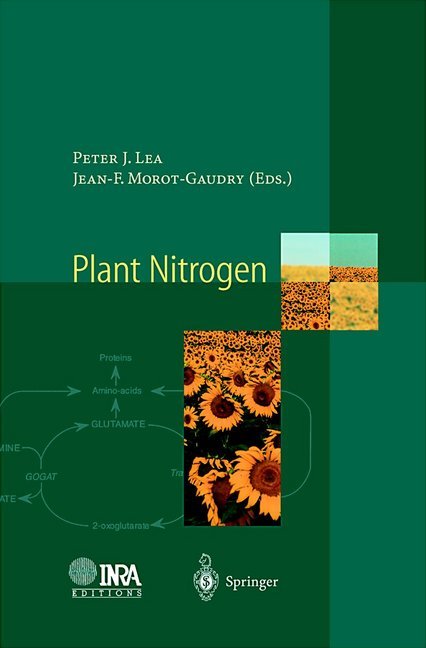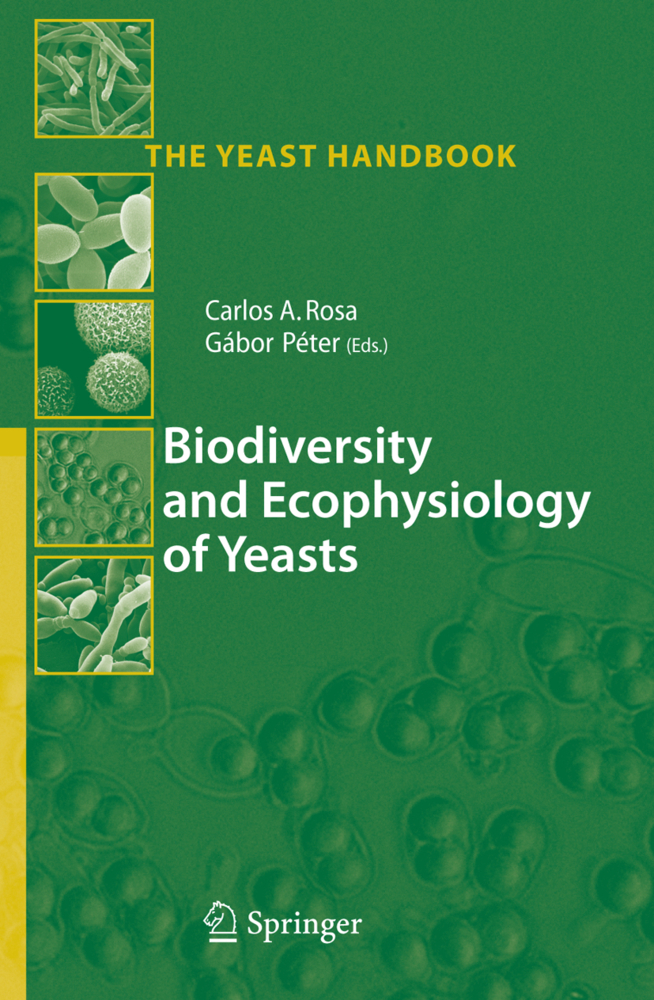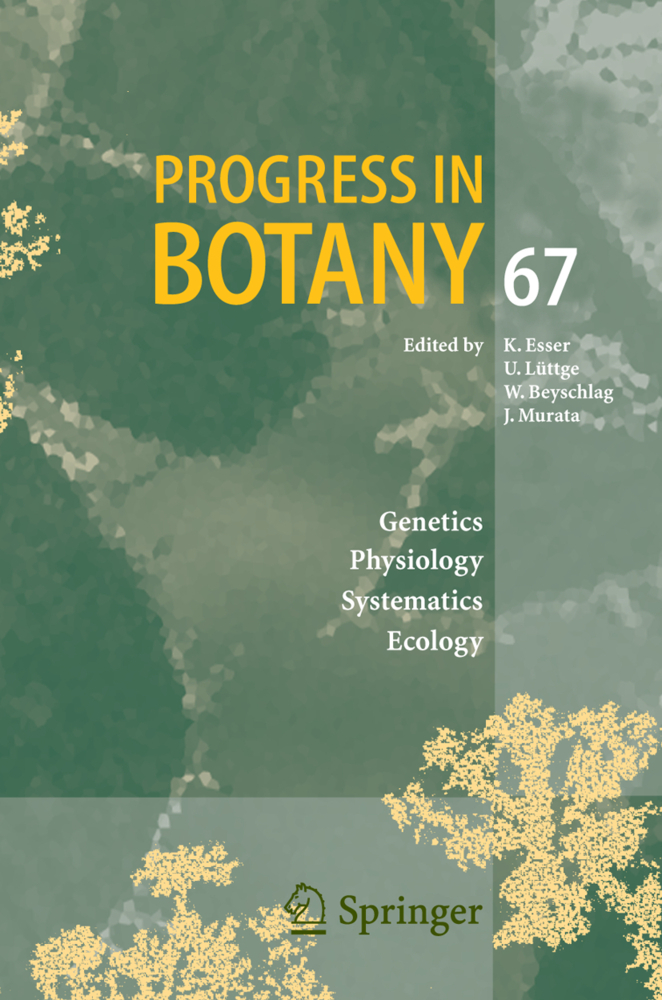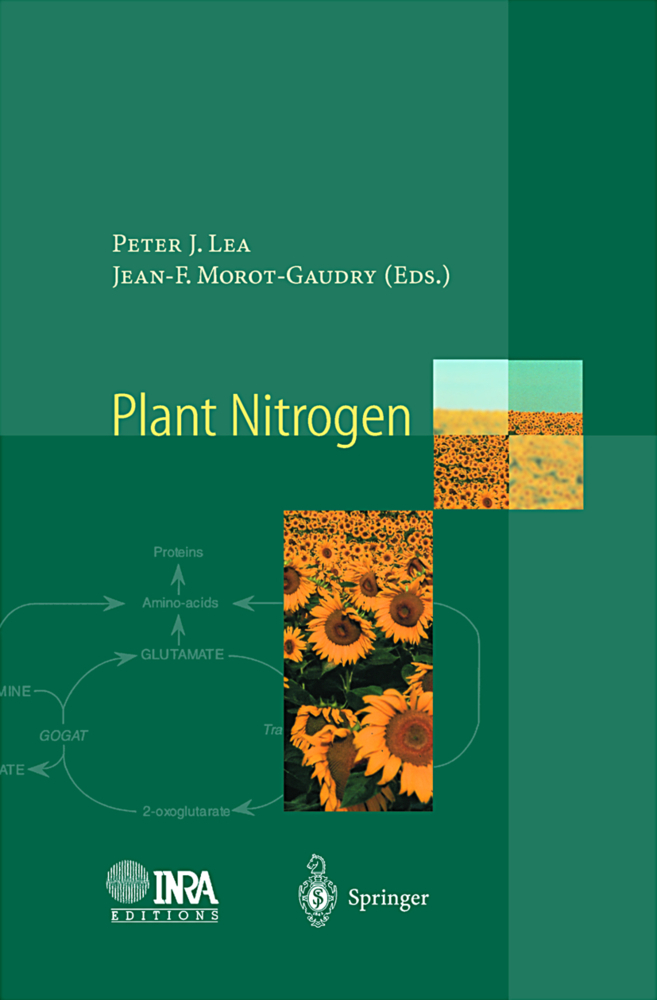The technique of in vitro cultivation of root organs has been developed over the past few decades and opens up new ways of studying plant-fungi associations. It is a technical breakthrough, especially for the investigation of the ubiquitous arbuscular mycorrhizal fungi, since these obligate symbionts rely on plant tissue. This is the first book describing this unique in vitro cultivation, which has markedly improved our general understanding of symbiosis. Presented by an international group of authors, including pioneers of this technique, it should encourage researchers to apply the method in further new studies on mycorrhizal fungi and plant-fungi interactions. Various biological aspects such as the physiology, biochemistry, biodiversity, and life cycles of fungi as well as the effects of symbiosis on plant growth and development are described, including large-scale fungus production for biotechnological use. Detailed protocols allow the immediate application of the method to culture mycorrhizal fungi in vitro.
Preface- Part I State of the Art- 1 In vitro culture of mycorrhizas; J.A. Fortin, S. Declerck & D.G. Strullu- Part II Systematics- 2 The Monoxenic culture of arbuscular mycorrhizal fungi as a tool for germplasm collection; S. Declerck, S. Seguin & Y. Dalpe- 3 The Monoxenic culture of arbuscular mycorrhizal fungi as a tool for systematics and biodiversity; Y. Dalpe, S. Cranenbrouck , S. Seguin & S. Declerck - 4 Life cycle of Glomus species in monoxenic culture; Y. Dalpe, F.A. de Souza & S. Declerck- 5 Life history strategies in Gigasporaceae : insight from monoxenic culture; F.A. de Souza, Y. Dalpe, S. Declerck, I. de la Providencia & N. Sejalon Delmas- Part III In Vitro Development and Physiology of Glomeromycetes- 6 Environmental factors that affect presymbiotic hyphal growth and branching of arbuscular mycorrhizal fungi; G. Nagahashi & D. Douds Jr- 7 Breaking myths on arbuscular mycorrhizas in vitro biology; B. Bago & C. Cano- 8 Host and non-host impact on the physiology of the arbuscular mycorrhizal symbiosis; H. Vierheilig & B. Bago- 9 Carbon metabolism, lipid composition and metabolism in arbuscular mycorrhizal fungi; A. Grandmougin-Ferjani, J. Fontaine & R. Durand- 10 Monoxenic culture as a tool to study the effects of the arbuscular mycorrhizal symbiosis on the physiology of micropropagated plantlets in vitro and ex vitro; Y. Desjardin C. Hernßndez-Sebastià & Y. Piche- 11 Uptake, assimilation and translocation of mineral elements in monoxenic cultivation systems; G. Rufyikiri, N. Kruyts, S Declerck, Y. Thiry, B. Delvaux, H. Dupre de Boulois & E.J. Joner- 12 Interaction of arbuscular mycorrhizal fungi with soil borne pathogens and non-pathogenic rhizosphere micro-organisms; M. St Arnaud & A. Elsen- Part IV Root Organ Culture of Ectomycorrhizal Fungi- 13 Cistus incanus root-organ cultures: a valuable tool for studying mycorrhizal associations; A.P. Coughlan & Y. Piche - 14 Cultivation of edible ectomycorrhizal fungi by in vitro mycorrhizal synthesis; G. Giomaro, D. Sisti & A. Zambonelli- Part V Root Organ Culture of Other Fungal Symbiosis- 15 Geosiphon pyriformis a glomeromycotan soil fungus forming endosymbiosis with cyanobacteria; A. Schüßler & E. Wolf- 16 Sebacinaceae: culturable mycorrhiza-like endosymbiotic fungi and their interaction with non-transformed and transformed roots; R. Prasad, G.H. Pham, R. Kumari, A. Singh, V. Yadav, M. Sachdev, A.P. Garg, T. Peskan, S. Hehl, I. Sherameti, R. Oemuller & A. Varma- Part VI Biotechnology - 17 Large scale inoculum production of arbuscular mycorrhizal fungi on root organs and inoculation strategies; A. Adholeya, P. Tiwari & R. Singh - Part VII Methodology- 18 Methodologies for in vitro cultivation of arbuscular mycorrhizal fungi with root organs; S. Cranenbrouck, L. Voets, C. Bivort, L. Renard, D.G. Strullu & S. Declerck
Declerck, Stéphane
Strullu, Désiré-Georges
Fortin, André
| ISBN | 9783540273318 |
|---|---|
| Artikelnummer | 9783540273318 |
| Medientyp | E-Book - PDF |
| Copyrightjahr | 2005 |
| Verlag | Springer-Verlag |
| Umfang | 392 Seiten |
| Sprache | Englisch |
| Kopierschutz | Digitales Wasserzeichen |

